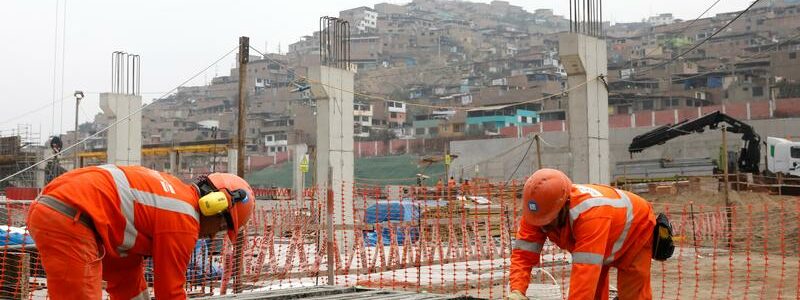
Peru finance minister says 'vigorous' rebound caps need for fiscal splurge
LIMA (Reuters) – Peru’s mining-driven economy is set for a “vigorous” rebound this year that should limit the need for the incoming government set to take office on July 28 to open the fiscal spending taps, current Economy Minister Waldo Mendoza said on Monday.
Peru’s economy will expand by at least 10% this year and 5% the next due to fiscal injections already made, while benefiting from high global prices of commodities including copper, the country’s most important export, Mendoza said.
The Andean country, the world’s no. 2 copper producer behind Chile, is waiting for socialist Pedro Castillo to be formally confirmed the next president after he narrowly edged out a conservative rival in a June 6 election. He has pledged to hike taxes on mining and increase spending on healthcare and education.
“We can grow 10%, 11% and maybe 12% this year without any additional fiscal boost thanks to the recovery of companies that have been supported by large programs of credit, funded with a state guarantee,” Mendoza said at a press conference.
In comments aimed at the likely new leftist government Mendoza said tax hikes should be made cautiously to avoid impacting the competitiveness of the economy and said his team intended to share proposals with the incoming administration.
Castillo, a teacher and son of peasant farmers, has rattled the Andean country’s political and business elite with proposals to shake up mining laws and the constitution, though he has of late looked to win over investors with more market-friendly rhetoric.
“The temptation to spend more, get into debt, is a temptation that we should not fall into,” said Mendoza. “Macroeconomic stability is necessary, let’s not underestimate it.”
Mendoza said that the current government will leave “very solid” public accounts, with international reserves at 36.7% of gross domestic product (GDP) and public debt at 34% of GDP, strong levels compared to neighboring countries in the region.
“The external context is terrific,” he said. “It is an additional boost for the recovery, which is coming along well and is very vigorous.”
Source: Read Full Article